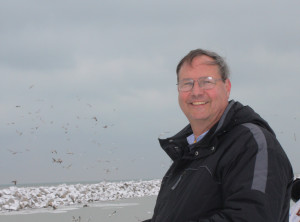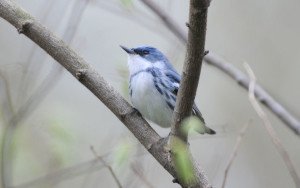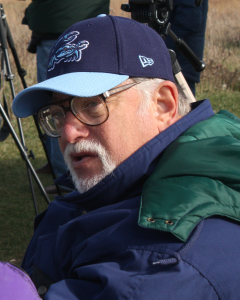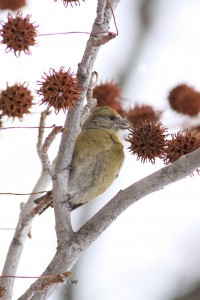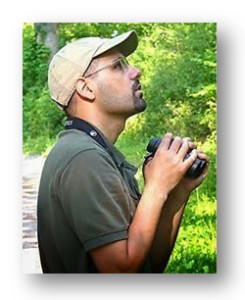
Amar Ayyash is the man behind the IOS Annual Gull Frolic, which he organized this year and persuaded Birding editor and author Ted Floyd to speak. As you likely know, Amar is “crazy” about gulls, and indeed very knowledgeable about this difficult-to-identify group of birds. In honor of the upcoming Gull Frolic, we invite you to read more about Amar. He also serves on the IOS Board of Directors, and we thank him for his dedication to our mission to educate others about and document the birds of Illinois.
Background: I was born in Chicago in the summer of 1978 and have lived in Illinois almost my entire life. I’m married and have four lively children (two sets of twins) – 7 years old and 4 years old. I teach high school math in Oak Lawn, IL.
What hooked you on birding? My first memory of actively watching birds is rather unusual. It wasn’t the song of a thrush or the bright yellow of a warbler that hooked me. I was a freshman in college at the time and would regularly sneak away between classes to feed the gulls at a local park. At the time, I didn’t know what species of gulls they were (probably Western Gulls) and never made it a point to find out. After returning home from college, I again found myself pitching french-fries in parking lots and marveling over the local gulls. I quickly realized the gulls in Illinois looked different than those out West and so I decided to go to my local library to get some answers. I discovered dozens of field guides and books that introduced me to a pastime called “birding”. At first, I didn’t know if this word was a verb or a noun. In short, I’m the first “birder” I ever met.
What’s best about birding? The thing I like most about birding is that it could be done practically anywhere (although I’ve learned never to bird near an airport again). Birding has taught me much more than how to identify birds. I’ve been indirectly forced to learn about weather systems, plants, insects, species’ concepts and various habitats and ecosystems.
Listing? I do keep a few personal lists that hold some value to me, but I’m very selective when it comes to updating my ABA list. For instance, I’ve driven overnight a few times to see some of my “most-wanted” species such as Ross’s and Ivory Gull, and even caught a red-eye flight to New York a few years ago to observe North America’s 2nd Gray-hooded Gull. I once drove to Ashtabula, Ohio to see their first state Black-tailed Gull, and drove back the next weekend to see the same bird again.
Favorite locations: My favorite birding locations seem to revolve around gulls – shocking I’m sure. It’s this reason why most of my local birding is usually along the southern rim of Lake Michigan. My top four sites from each state that borders Lake Michigan (in no particular order) is North Point in Sheboygan, Wisconsin; North Point Marina in Winthrop Harbor, Illinois; Michigan City Harbor in Indiana; and New Buffalo Beach in Michigan.
Best birding memories: My most memorable birding experience is my first trip to southern California. I spent a few days birding the Salton Sea with the godfather of California Birding, Guy McCaskie. During our long car rides, I was briefed on 40 years of birding in the Golden State with some of the most entertaining birding stories one could ever hear! Another memorable birding experience for me is the 2010 Slaty-backed Gull that was glued to the ice in Indiana waters while birders desperately watched from Calumet Park in Illinois. I had seen the bird the previous evening in Indiana just after its discovery but wanted to lure it into Illinois for a Cook County record. I was able to chum it in from a considerable distance, only to have it land within 100 feet from me.
Birding activities: Besides serving on the Board of Directors for IOS, and specifically taking on the role of Gull Frolic coordinator, I maintain perhaps the most well-known gull weblog in North America, anythinglarus.com. I also administer the Facebook Group “North American Gulls” and currently happen to be working on a Thayer’s Gull webpage for Gull-Research.Org (hopefully to be launched, early 2014).
Favorite books: My favorite book is, hands down, “The Long-Shadowed Forest”, by Helen Hoover. I enjoy winter birding more than any other season and have curious thoughts of one day living in the “North Woods”. Any time I need to escape to the land of boreal species, I pick up Hoover’s book and read a few chapters. It helps to know that Helen and her husband left their careers and the big-city life of Chicago to move to a small cabin in the north woods of Minnesota.
And when not birding? When not birding, or doing bird-related work, I’m folding laundry, helping my children with their homework or trying to earn brownie points with my wife.
I take a whole lot of joy in what seems like a narrow-minded obsession to some people, but my outlook on life is pretty simple: “Time you enjoy wasting is not wasted time”.
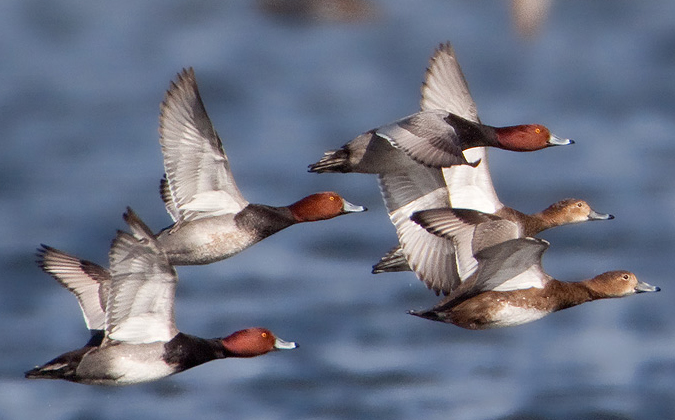

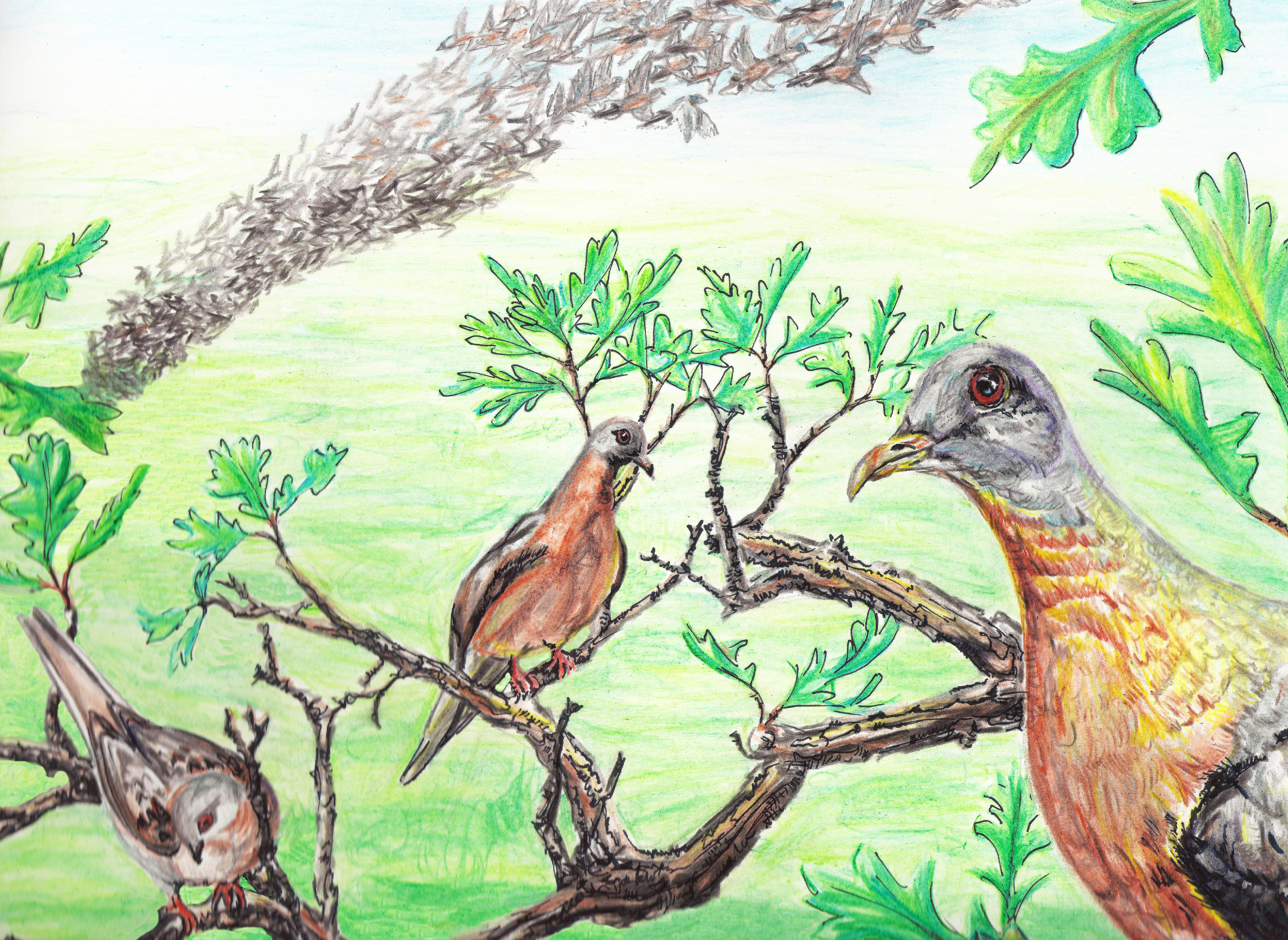 Here’s the latest letter from the editor featured in the recently mailed Volume 23 No. 1 issue of Meadowlark. To read more, please join IOS. Another issue is coming soon and will feature an article on the Gray Kingbird in Illinois.
Here’s the latest letter from the editor featured in the recently mailed Volume 23 No. 1 issue of Meadowlark. To read more, please join IOS. Another issue is coming soon and will feature an article on the Gray Kingbird in Illinois.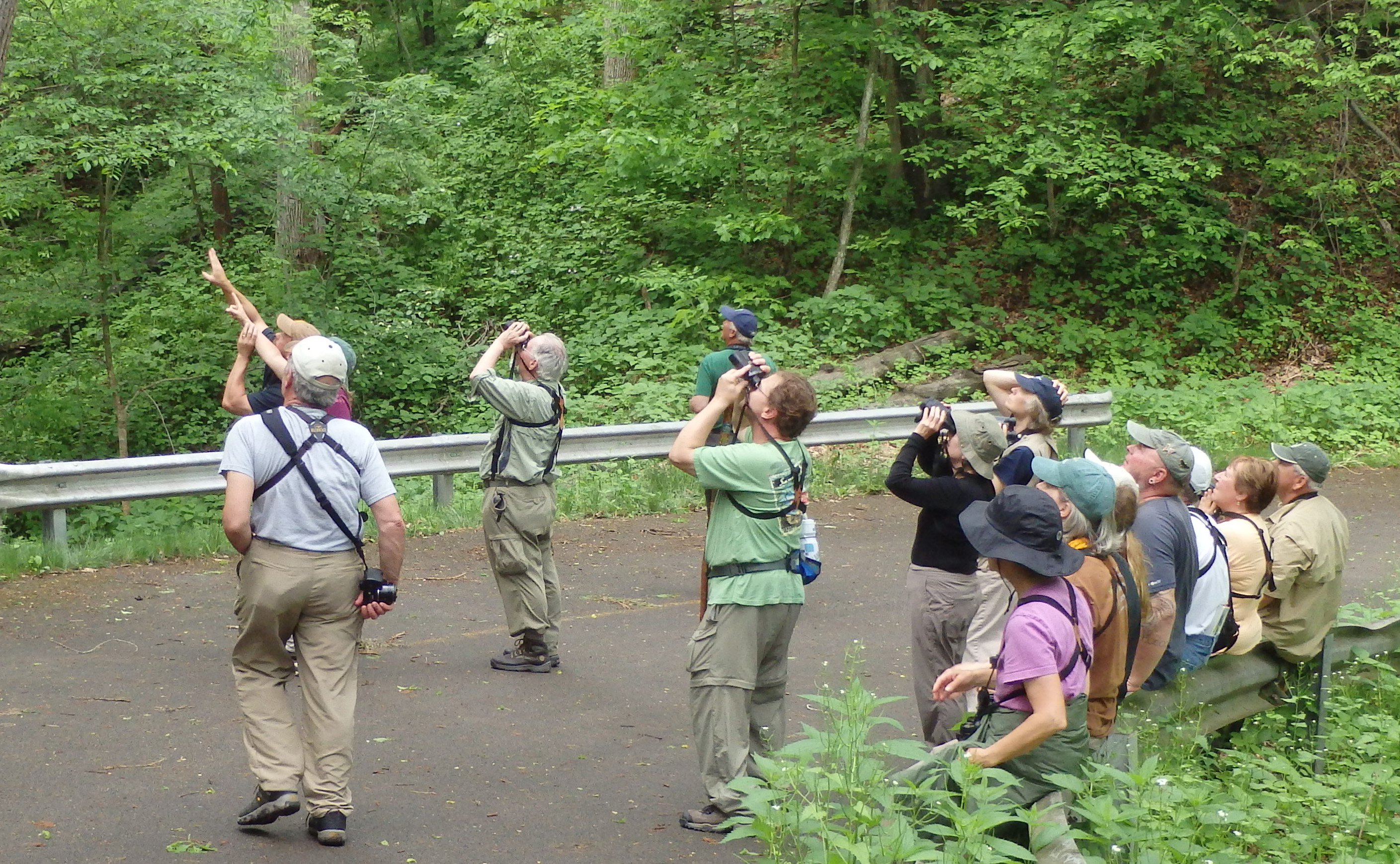 The IOS Spring Birding Weekend (May 15 – 17) was a terrific weekend of birding on the Mississippi River in northwest Illinois. The event was planned and organized by Urs Geiser using the Chestnut Mountain Resort for accommodations.
The IOS Spring Birding Weekend (May 15 – 17) was a terrific weekend of birding on the Mississippi River in northwest Illinois. The event was planned and organized by Urs Geiser using the Chestnut Mountain Resort for accommodations.